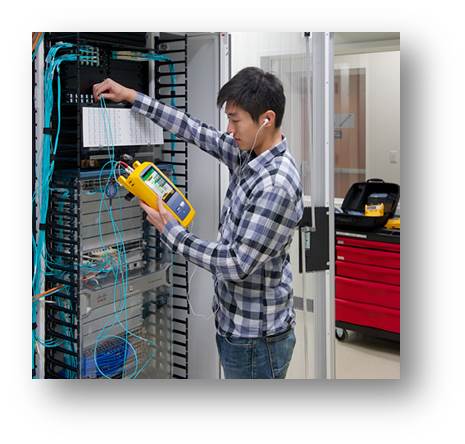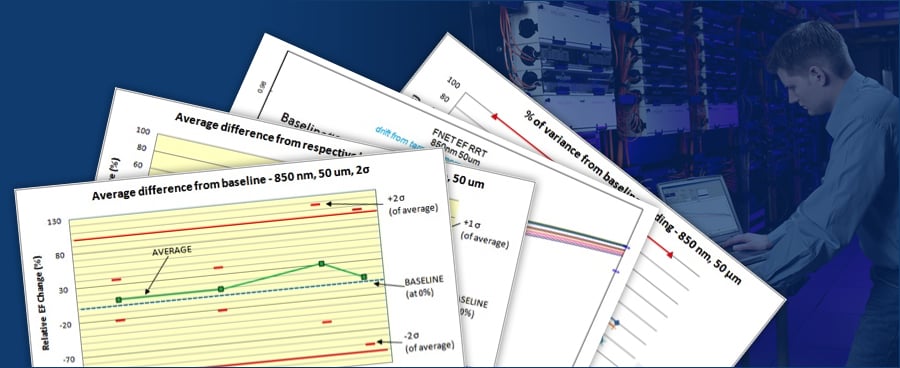It’s Not You. It’s Your Tester
July 21, 2015 / General, Installation and testing, Upgrading and troubleshooting, Best Practices

» White Paper: Encircled Flux: Real or Imaginary?
When it comes to testing your multimode optical fiber installation, inconsistent results can leave you confused and wondering if you are within your loss budget. And with today’s higher speed fiber links that require even tighter loss budgets, accuracy is more critical than ever.
But it doesn’t have to be this way. The launch condition of the light source you’re using to test has the greatest influence on your loss measurements. In other words, the wrong launch condition means the wrong measurements.
What you need is a properly controlled launch that is consistent and accurate—neither overfilled nor underfilled. Overfilled may leave you thinking you’ve gone over budget, while underfilled may leave you thinking you have room for more loss when—in fact—you do not.
The good news is that achieving a precise and accurate launch condition every time has gotten much easier with encircled flux-compliant (EF) light sources. Let’s a take closer look.
What’s Wrong with My Mandrel?
When testing multimode fiber, you’re dealing with hundreds of modes—lower order modes that are nearest to the axis of the fiber core and higher order modes that are inherently unstable because they bounce back and forth within the cladding as they are transmitted down the fiber.
One way to help maintain stability has been to use a mandrel wrap. Higher order modes are more susceptible to bending losses, and mandrel wrapping removes the higher order modes for a more stable launch. Unfortunately, when it comes to testing to tight budgets, there are always variations in wrapping, and simply addressing stability is no longer enough.
What About CPR and MPD?
The coupled power ratio (CPR) method of categorizing a light source involves positioning a fiber pigtail relative to the light source and performing the CPR field test. But this is an antiquated method that categorizes a light source into one of five groups, ranging from overfilled to underfilled. It, too, is not precise enough.
With the addition of a qualifying template such as a mode power distribution template (MPD), you can improve accuracy. While MPD was originally adopted by the International Electrotechnical Commission (IEC) for testing connectors, it soon became apparent that a more consistent and accurate metric was needed to support emerging high speed applications.
Enter Encircled Flux

EF uses a more restricted template based on the worst-case light source that causes the most overfilled launch, and it is now considered the most precise, accurate and consistent test method. That’s why it is has been mandated by several international standards and recommended by others.
Thankfully, EF-compliant test equipment is readily available, giving you the means to reduce variability in your multimode fiber testing and deliver an accurate portrayal of link-loss every time—so you truly know if you’re within budget.
Want to know more? Click here to learn how EF makes fiber measurements more accurate and about the standards requirements and practical implementations for EF.




